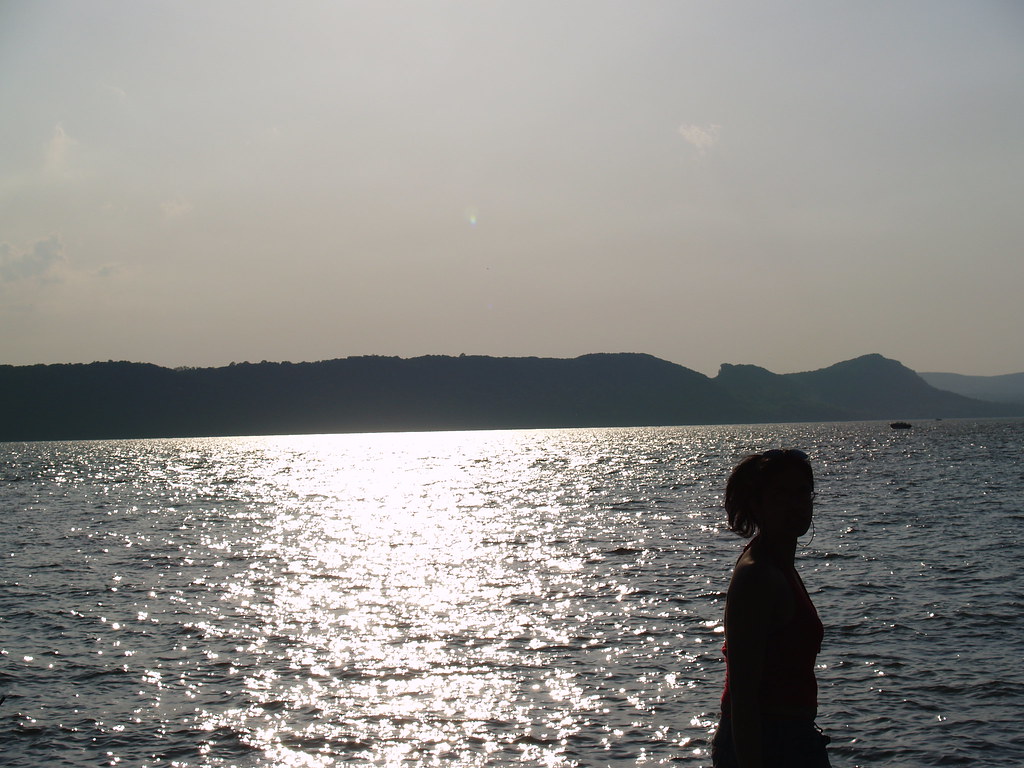I've always respected the New York Times—they usually have great coverage (they could do a better job with their Metro section, and don't get me started on the Style section...) and their design is normally great. Sure, they make mistakes (I get a sick pleasure looking for unintended whitespace and mistakes in paragraph forms), but they know what they're doing with their front pages, like on August 28th:

Look at the positioning of the main photo and the matching colors of both the Gonzales and the Greek fires pictures. Though I think they could've done better with white space in terms of the Greek fires article and the placement of the pear, it still looks amazing.
Then, there's the New York Times magazine. Magazine design differs greatly from newspaper design. With newspaper design, you have to take several stories and their interplay into consideration. Which story is the dominant story? Which is the related story? So many things go into designing news pages: grouping similar stories, making the photos play off each other, color schemes, making sure jumps aren't unnecessary, etc. Transitioning from my work on Inprint to the Brooklyn Rail, though, was simpler, because the Rail is more of a news magazine. Stories are laid out as feature stories, with their own pages and spaces. There is more use of white space and photos. I can make spreads, which I try my best to do, though I do show special preference for all things water-related, like that article on Jamaica Bay, my own article and the article on the boatyard in Staten Island...
There is more freedom with magazines and news magazines.
Usually, the NYT Magazine is simple with their design elements, especially within their feature stories. Their pull-out quotes and intro paragraphs tend to be just their regular font enlarged and bold in a different color.
But lately, they've tried to mix things up a little, but not in a good way.
Take Arthur Lubow's "Conductor of the People," in the October 28th issue, about conductor Gustavo Dudamel. The photos are great, but look at the title page for the article:

Why the need for superscript? It doesn't add anything special. And why even choose those letters? It is so pointless. It just makes it harder to read. The same applies to the pull quote. There isn't anything clever about using superscript and subscript, especially within a large chunk of text. The font choice itself is nice, it reminds me of the New York Magazine font, especially with its italics. Maybe if they stuck to just the title, it could've worked, but they went too far.
They didn't try anything too extravagant in last week's issue, besides oil-covered drop-caps in an article about Venezuelan oil, which was a bit too clip art for me.
Then comes this week's issue, their film issue. Normally, the NYT Magazine covers are simple—an amazing photo (like the cover of the October 21st issue's photograph of water sources depleting in the West for the article "The Future is Drying Up") and simple text that isn't obtrusive at all.

With this cover, we are smacked in the faces with the theme of the issue: the old West, written in, of course, a western-styled font, with heavy feet Right from the cover, we know what the theme of the issue is: the old West, with heavy, heavy base and mean lines and pencil-line thin serifs and body-lines [I made up that term..]. It's kind of hard to read, so as a headline font, it's alright. The image and the grayscaled images (was it necessary to leave the "(Again!)" in yellow?) make up for it.
Then you reach the inside of the film specials and this font takes over everything. Everything. The title pages for the articles, the intro paragraphs and the drop-caps. And it's impossible to read. Just look:

Your eyes strain, trying to make sense of the black lines. I will give this to them: as a drop-cap, the font works well. One letter doesn't make a difference.
I wonder what they thought when they designed this issue. One of the first things I think about after I design a page is readability. Sometimes, I'm too tired and stressed to care if it's that readable, but I do try my best, especially with covers. I hope the NYT Magazine design team got this out of their system and will stick to more readable, while being creative, design.







1 comment:
wow you suck. That is the nicest design I have seen in a while. Either you are old and crotchety or too young to know anything about anything. Readability? Stick to the newspaper and leave the art magazine to us artists
Post a Comment